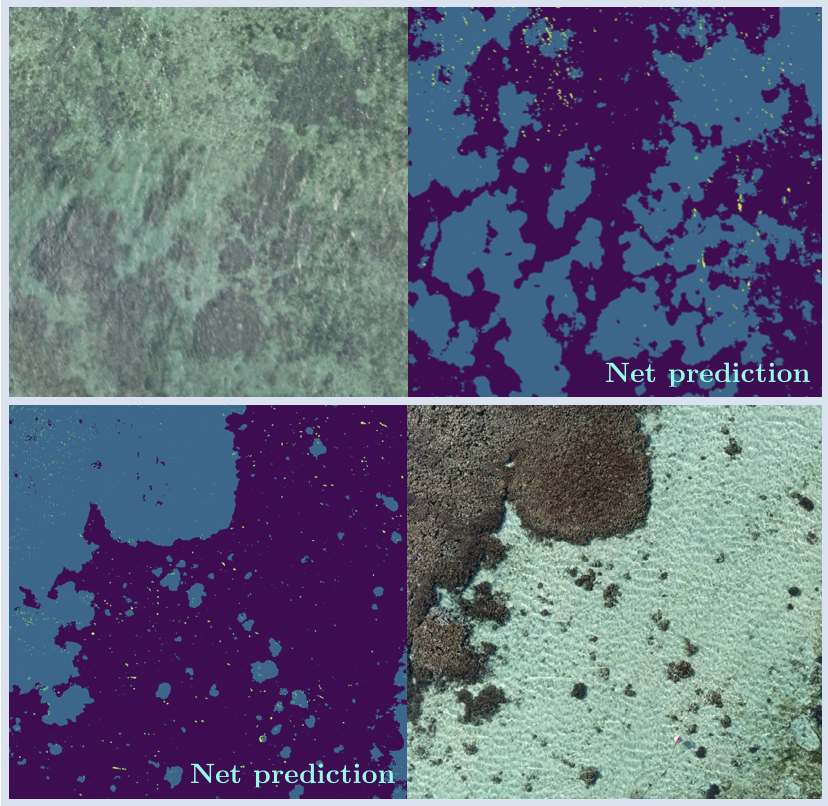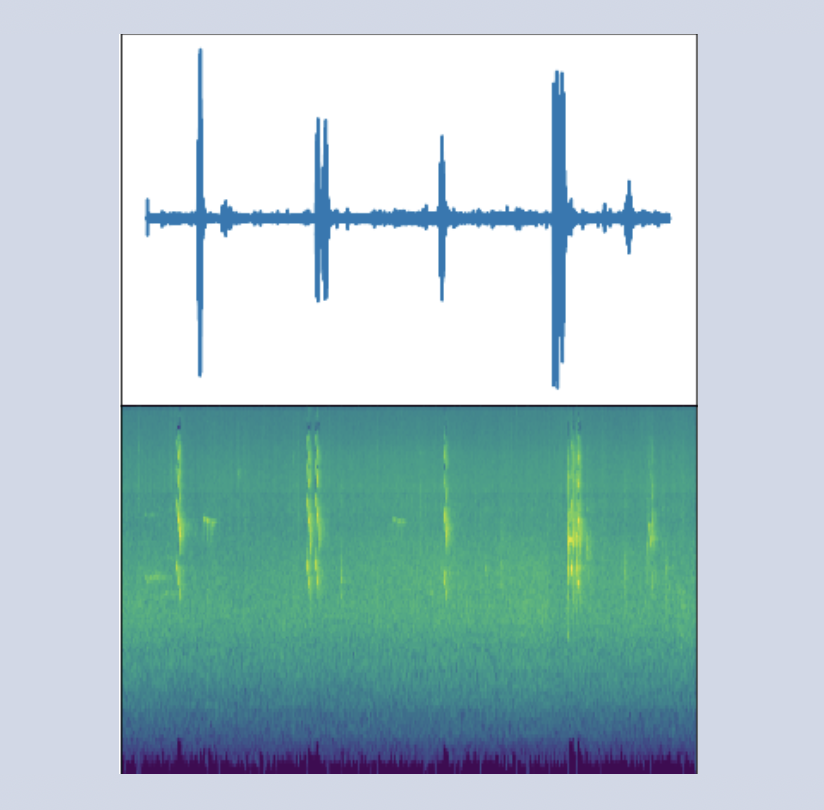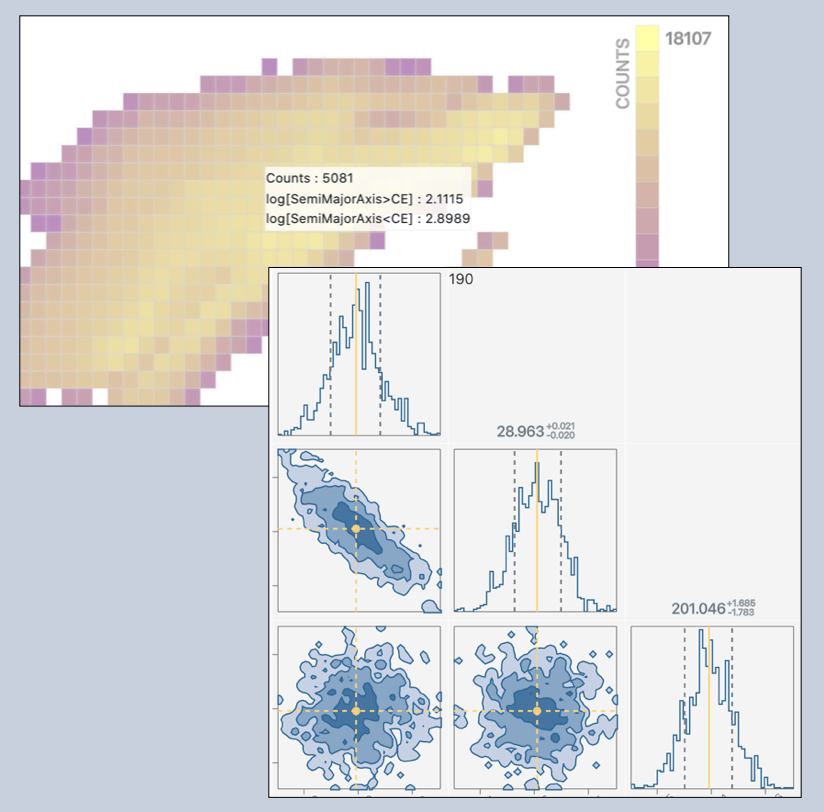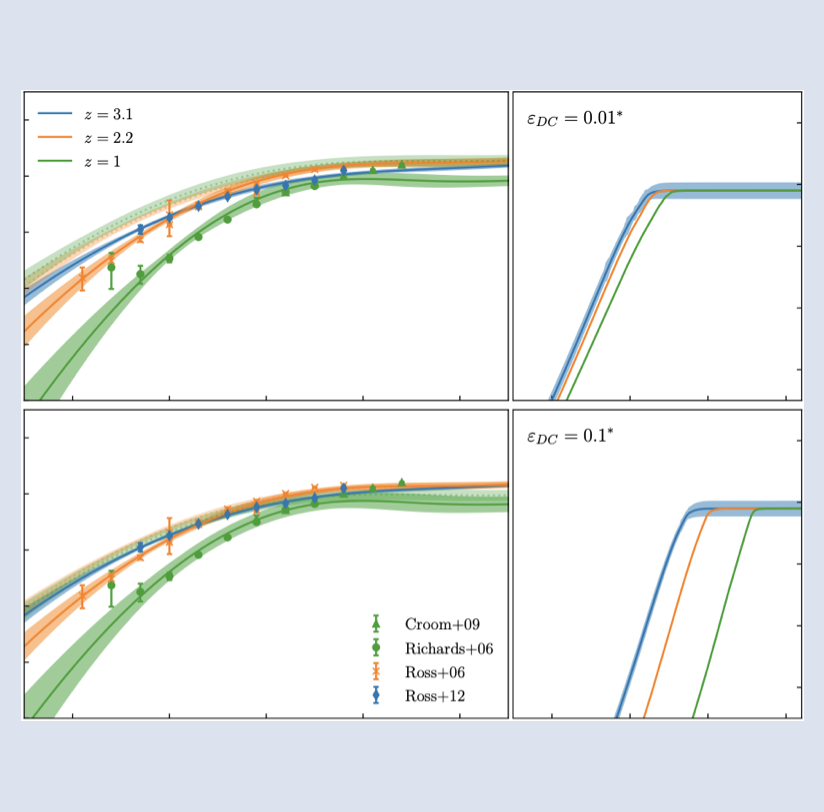Sep 2019 - Current
Segmenting coral features with MultiRes-UNet
Pixel-based segmentation of the different stages of coral life using a MultiRes-UNet architecture (UNet with modified Inception-like blocks).
Pretraining done on extensive labeled data of a tile taken on a single day, with subsequent fine-tuning using select sections of tiles taken on other days.
Model performance of the coral class yields an F1-score of 0.94, highlighting the future potential for this model to be used as passive means of monitoring coral health.
Key Technologies: python, numpy, tensorflow/keras



